In a stunning revelation that deepens concerns about climate change, scientists have revived microbes that have been trapped in Arctic permafrost for tens of thousands of years — and within weeks of reawakening, these ancient organisms began releasing carbon dioxide. The finding underscores a potentially dangerous feedback loop in Earth’s climate system, as thawing permafrost releases greenhouse gases that further accelerate global warming.
The Frozen Vault of Life
Permafrost, the layer of soil that has remained frozen for at least two consecutive years, covers about one-quarter of the Northern Hemisphere. Beneath this icy layer lies an immense reserve of ancient organic matter — remnants of plants, animals, and microbial life — preserved for millennia by subzero temperatures. Scientists estimate that permafrost contains nearly twice as much carbon as the atmosphere does today.
But as global temperatures rise and Arctic regions warm four times faster than the global average, permafrost is thawing at unprecedented rates. When the frozen ground melts, the organic material within it becomes available to microbes. Once these long-dormant organisms awaken, they begin decomposing the ancient material — and releasing carbon dioxide and methane in the process.
Awakening Ancient Microbes
In their recent experiment, researchers collected deep core samples from a permafrost tunnel in Alaska, where frozen soil layers date back tens of thousands of years. The samples were carefully thawed in the lab under controlled, near-natural conditions — simulating the gradual warming that occurs during Arctic summers.
At first, the revived microbes showed only faint signs of life. Their metabolic activity was minimal, and only a small fraction began reproducing. But after several months, activity surged. The microbes started feeding on the carbon-rich organic matter around them and soon began producing carbon dioxide.
What astonished scientists most was the speed of this transition. Within a relatively short time, microbes that had been dormant since the Ice Age became fully active again, showing that the potential for carbon release from thawing permafrost is much greater — and faster — than previously thought.
A New Climate Feedback Loop
The implications of these findings are enormous. When permafrost thaws, it not only releases trapped greenhouse gases directly from decomposing matter but also reactivates ancient microbial communities that can continue producing emissions for years or even decades.
This process creates a powerful feedback loop:
- Rising global temperatures cause permafrost to thaw.
- Thawed soils allow dormant microbes to awaken and metabolize.
- The microbes release CO₂ and methane as they consume ancient carbon.
- These gases trap more heat in the atmosphere, causing further warming.
As this cycle accelerates, scientists warn that permafrost regions could shift from being a carbon sink — storing greenhouse gases — to becoming a major carbon source, amplifying the effects of human-induced climate change.
The Hidden Danger Beneath the Ice
The Arctic permafrost has long been considered one of Earth’s most significant tipping points. Once large-scale thawing begins, it may be impossible to reverse. Current climate models already account for some permafrost emissions, but the discovery of quickly reawakening microbes could mean the feedback loop is more dynamic and severe than expected.
One of the most concerning aspects is that many of these microbes can survive extreme conditions — radiation, freezing, and nutrient starvation — for tens of thousands of years. Once they are reactivated, they can function much like modern bacteria, breaking down organic carbon and releasing greenhouse gases that have been trapped for millennia.
Moreover, some permafrost layers are now thawing from below due to rising temperatures and shifting hydrology, exposing deeper, older layers of soil. That means even carbon that has been frozen since before human civilization began could soon re-enter the atmosphere.
Beyond Carbon: Other Potential Risks
While this study focused on carbon dioxide production, scientists caution that methane could pose an even greater threat. Methane, produced by certain anaerobic microbes, is more than 25 times more potent than carbon dioxide at trapping heat. If large amounts of methane are released from thawing wetlands and deep permafrost, it could trigger abrupt spikes in global temperatures.
Additionally, the revival of ancient microbes raises broader biosafety questions. Though there’s no evidence of immediate danger, the possibility that ancient pathogens could reawaken has been discussed among microbiologists. Some viruses and bacteria, frozen for tens of thousands of years, might still retain their infectious potential if thawed under the right conditions.
What This Means for the Future
This discovery offers a sobering glimpse into Earth’s deep-time dynamics. It reveals that the Arctic is not a frozen wasteland but a living archive — one that can stir back to life as the planet warms. The revived microbes act as both a scientific marvel and a warning: Earth’s carbon balance is not static but actively shifting in response to human influence.
Climate scientists emphasize that curbing greenhouse gas emissions remains the most effective way to slow permafrost thaw and minimize microbial reactivation. Every degree of warming avoided helps prevent more ancient carbon from being released into the atmosphere.
The findings also highlight the need for more detailed climate models that include microbial dynamics — a factor often oversimplified or ignored in global predictions. Understanding when, where, and how these microbes awaken could help refine projections of carbon emissions from the Arctic and guide future mitigation strategies.
A Window Into the Past — and the Future
In one sense, these reawakened microorganisms are a window into Earth’s distant past, offering clues about ecosystems that existed before modern humans evolved. But they also provide a glimpse into a potential future — one where ancient life once again shapes the atmosphere of a warming planet.
As the ice retreats and the permafrost thaws, the boundary between ancient and modern Earth grows thinner. The microbes that once thrived in prehistoric forests are stirring again, breathing out the carbon that was stored away for ages.
What happens next depends largely on how quickly humanity acts to cool the world they are waking into.

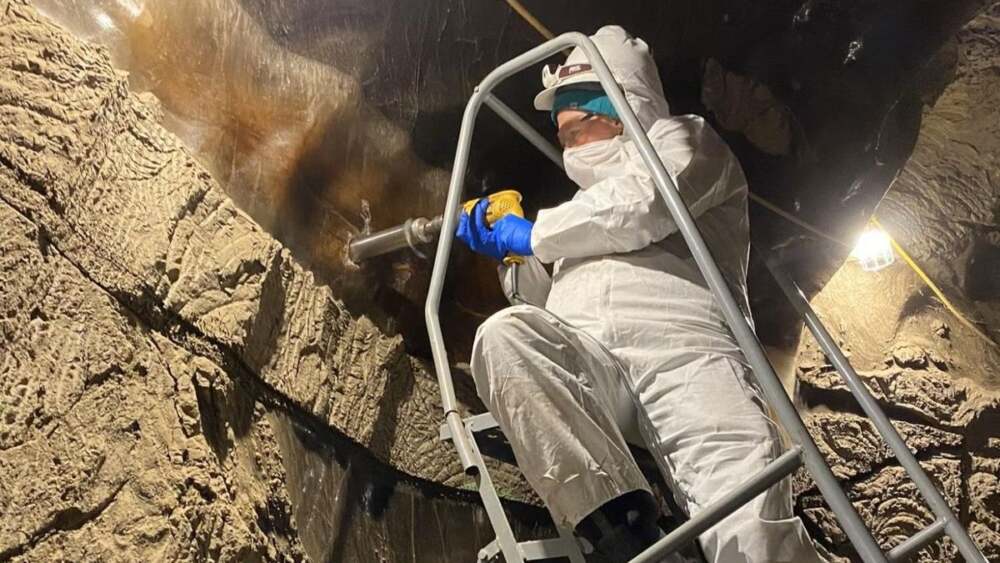
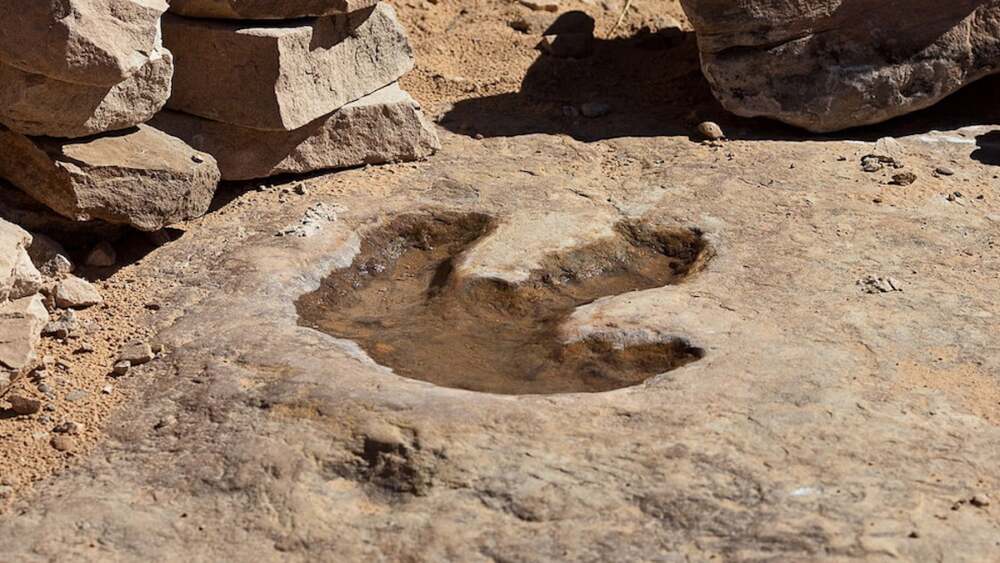

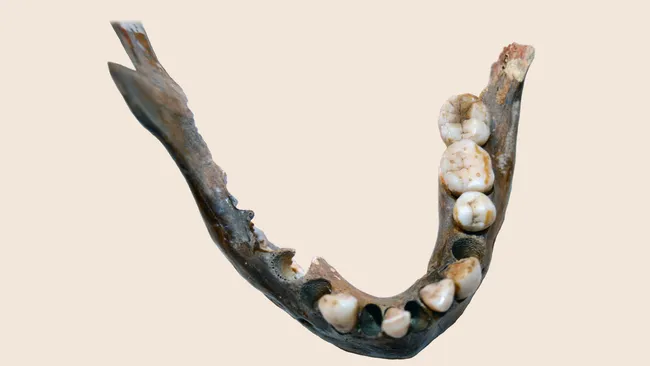
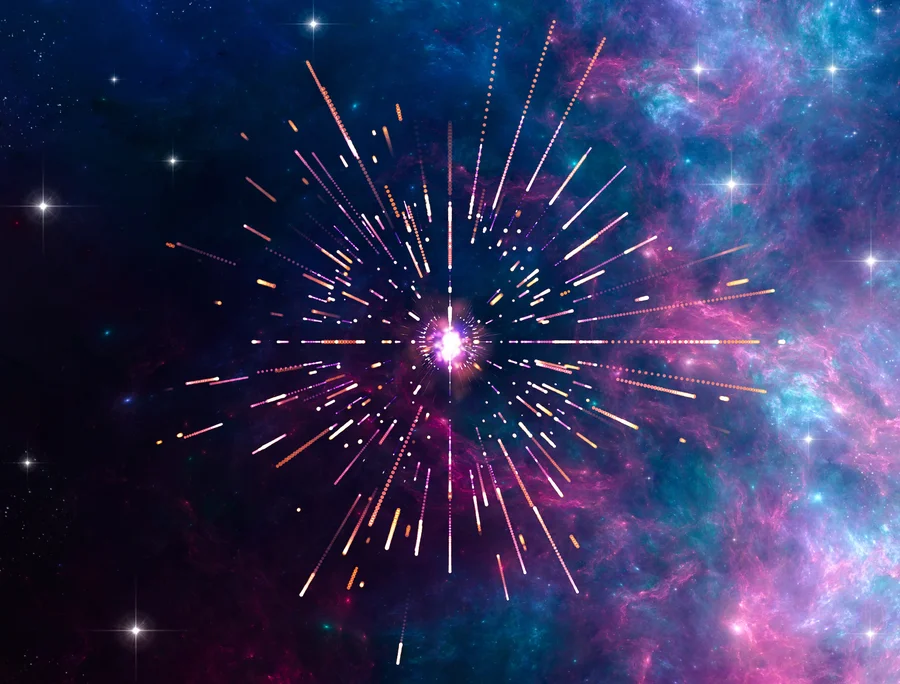
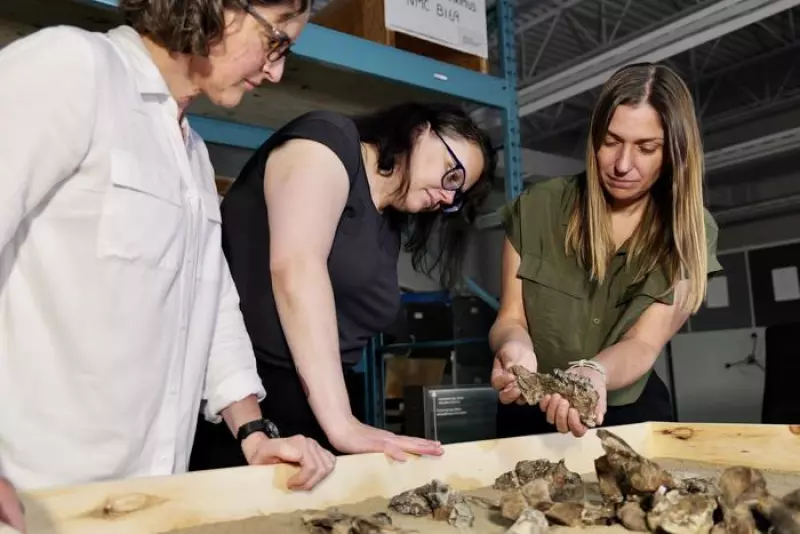
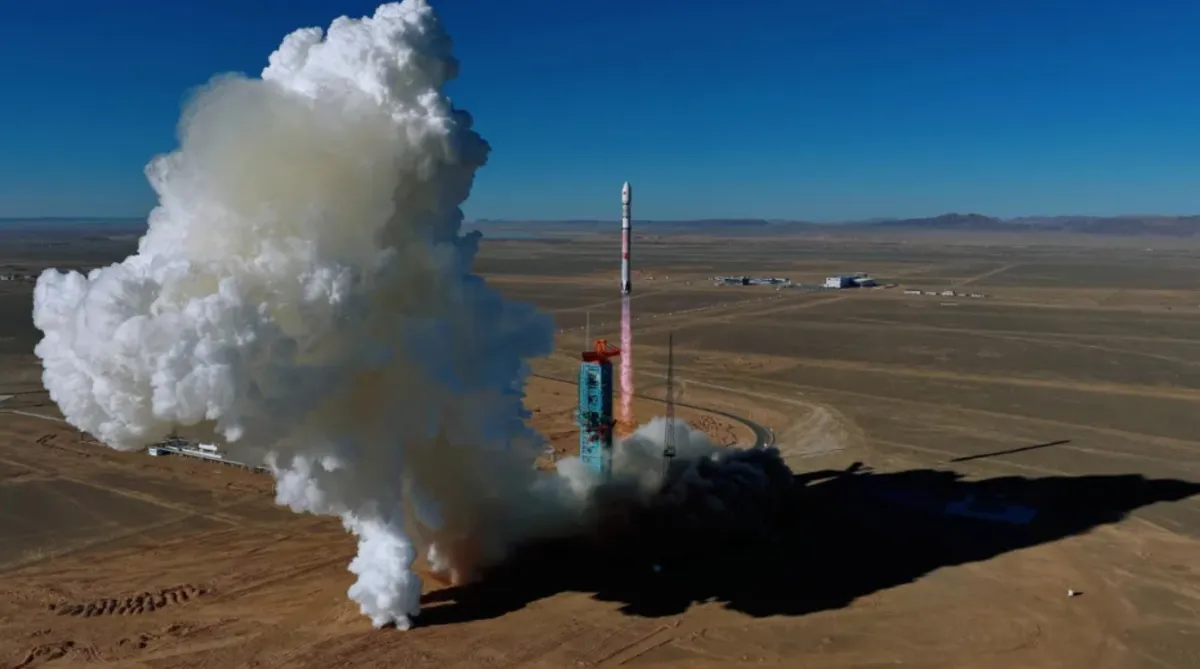
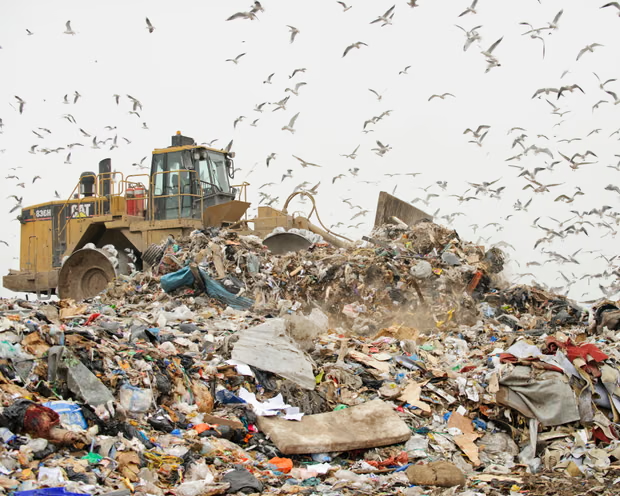

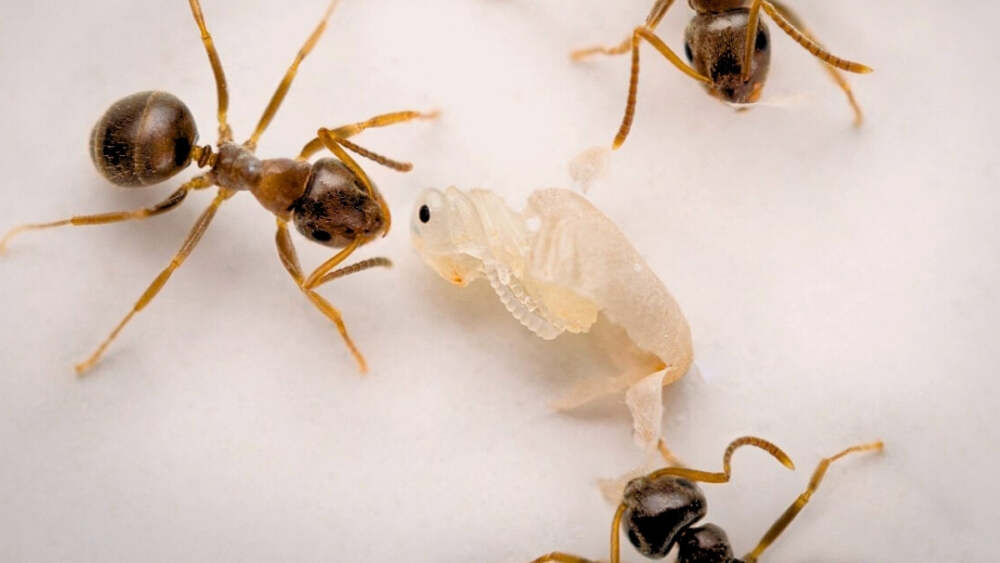
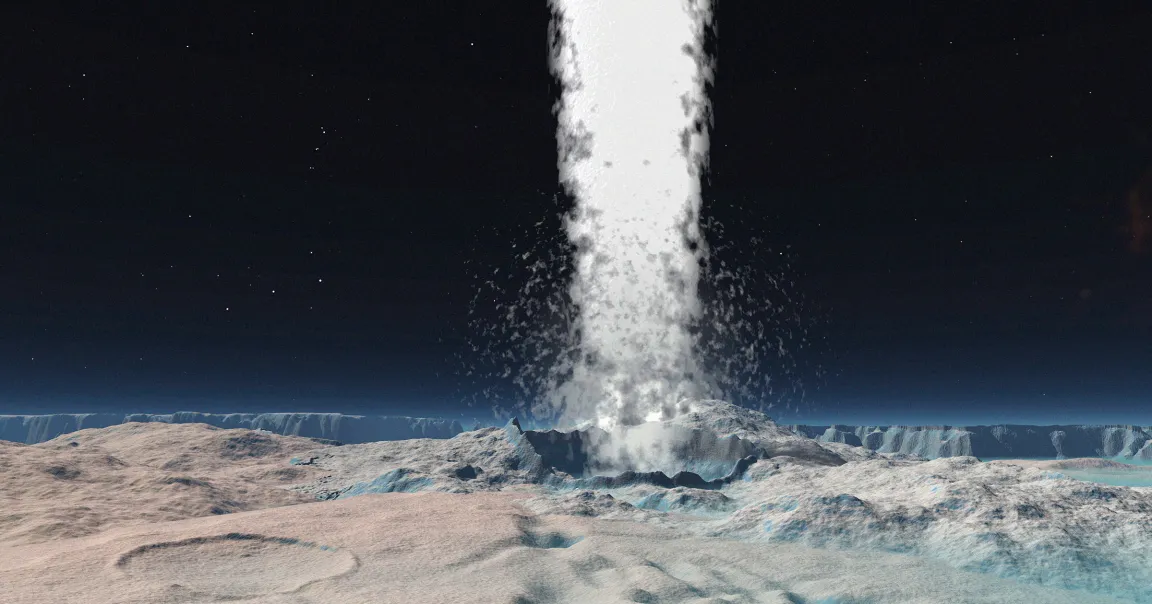

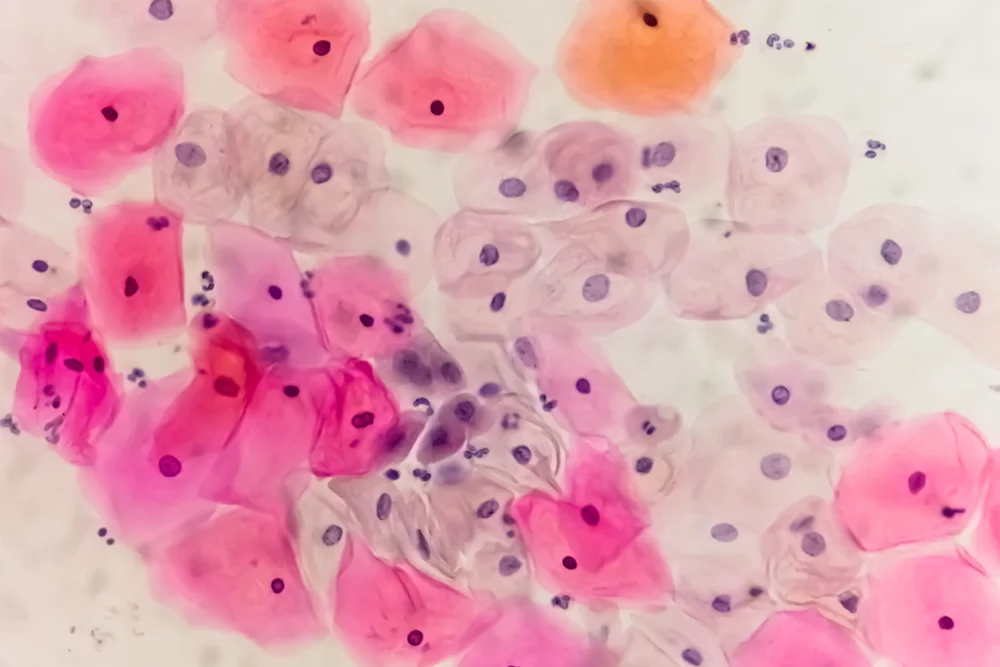

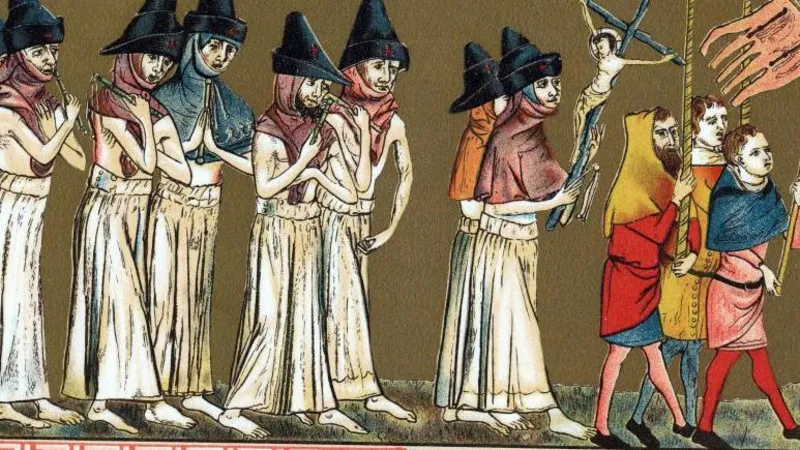
Leave a Reply